by Mike –
This is the second installment in the self-driven car series. – Part 1 is here.
Sergey Brin, co-founder of Google, wrote in a Google US Securities and Exchange Commission filing on June 3, 2015,
“The increasing power of computation extends well beyond the internet. One example close to my heart is our self-driving car project. The goal is to make cars capable of driving themselves entirely without human intervention. We hope to make roadways far safer and transportation far more affordable and accessible to those who can’t drive.
To do this, we can now rely on immense processing power and advanced sensors that would not have been possible only a few years ago. And while it will still take time before we see self-driving cars everywhere on our streets, over a million auto fatalities per year worldwide make this a risk worth taking. As I write, our cars have just crossed 1 million miles of autonomous driving, and our fully self-driving vehicle prototype is about to begin testing in our hometown.”
This Google vision is closer to reality than the Bel Geddes vision in 1940 but the vision before the capability is important because the vision motivates the creators to make it come true.
The prime motivation for Google to develop self-driving, or autonomous cars, is safety as Brin wrote one million people die each year worldwide in automobile accidents. The second Google motivation is to allow those who cannot drive, for whatever reason, to have access to the automobile and the third motivation is to make transportation far more affordable. It is not obvious to me that this third motivation will be a result of self-driving cars but time will tell.
Google is so confident in the self-driving car that they “removed the steering wheel and pedals, and instead designed a prototype that lets the software and sensors handle the driving”.
Look mom no steering wheel! See the photo above – no steering wheel in sight. According to Google the “interior is designed for riding not driving”.
Automobile Improvements
Automobile engineers have been making automobiles easier to use since they were invented with features like: the electric starter, power steering and brakes, cruise control, GPS mapping and directions, adaptive cruise control, self parallel parking, driver drowsiness detection and others.
These technology advances have allowed for drivers who could not have started a car manually before the electric starter or who could not have driven a car without power steering or power brakes. Technology has made the automobile available to more people who otherwise would be relegated to passenger status only. Now we are heading into a new era where anyone can use an automobile even if they do not know how to drive, have a driver’s license or have the capability to drive a car such as a blind person or someone with a handicap that prevents driving a car. Not only does the fully self-driving automobile not need a driver it also doesn’t need passengers!
The technology for self-driving cars seems to have advanced faster than anticipated by most people but this capability is built on the shoulders of other technology, like semiconductor technology, that has progressed at an astonishing rate in the past few decades driven by the requirement for semiconductor companies to keep pace with Moore’s Law (a doubling of complexity every 18 to 24 months).
The technology needed to build a fully self-driven automobile is not intrinsic automobile technology but is based on the enormous advances in semiconductor technology, as mentioned, along with advances in software, optics, sensors, lasers and artificial intelligence. This is why a company like Google, or Apple, who are not automobile companies, can develop self-driving automobile technology. The traditional automobile companies can do the same if they hire the appropriate engineers and apply them to the task.
Society acceptance, changes to the norm, legal issues, insurance questions and the threat of hacking – not the technical limitations of self-driving cars, will determine when autonomous cars become commonplace.
Society
When the autonomous car becomes commonplace it will create huge changes. Imagine driving to work and not needing to worry about parking. The car will drop you off at your work place and then drive itself to the nearest available parking space which may be outside the city center and need not be near your work place. These designated parking lots will be in locations where the land is cheaper than near the work centers. At the programmed time, or when you summon the car, it will start up and meet you at any destination you choose.
There will be more free time (as seen in the image above) in the commute to and from work when driving is not managed by a person. Men can shave and women can put on their makeup while driving to work like many do now anyway but in a self-driven car they will be perfectly safe. The commuter could also take a nap or read, work, talk on the telephone, send and read email and many other things during the commute. With so much extra free time it may allow people to live further away from their work because the time commuting is not wasted as much as it is in a manually driven car.
You may also use the same car to transport more than one family member. After the self-driven car drops you off at work it may drive back home and pick up another family member and take them to work or school. These passengers can be unlicensed drivers such as children.
Self-driving cars will run errands like going to the store where pre-ordered items would be waiting and the store employees would load the car and the car would drive itself back home.
There may be more miles driven in total as the self-driven car runs errands, parks itself further away and shuttles back and forth between family members increasing driving miles and increasing fuel usage per person and maybe reducing the number of cars needed.
Taxicabs would not need a driver if they were self-driven, remember the Johnny Cab from the movie Total Recall? Uber cars, or other similar services, will not need drivers either.
Freight truck drivers could drive longer distances between sleeping and thus reduce the number of drivers needed and eventually freight truck drivers will not be needed either. The many businesses that service truck drivers like road side motels and truck stops will also see a big drop in their business when truck drivers are replaced by robot trucks.
Is it possible that people would drink more alcohol (in addition to smoking cigarettes as they are in the image above) because a self-driving car would drive them home from the pub or restaurant, essentially a built in designated driver? This built in designated driver should eliminate drunk driving accidents. Would it become legal for passengers in a self-driven car to drink alcohol while they are riding?
Privacy and Hackers
There is a big opportunity for a further loss of privacy and security with all of the technology that comes with a self-driven car. A person’s location would be known and the history of where one went and how long one stayed at each location would all be recorded and probably stored in the cloud somewhere.
Hackers getting access to this information could cause havoc. And not just financial information; if a burglar knew someone’s location and travel schedule they could plan their burgling accordingly. Or worse things could happen if malicious hackers gained access to the controls of a self-driven car.
Roads may need to be better maintained like the lane lines, cross walk paint, signs and other visual cues that the self-driven car needs to get around. This may increase the infrastructure cost.
There will be an increased need for products like software applications, services, special hardware and other items related to the self-driven car creating many new business opportunities.
There very well could be a shift in the economic power away from the traditional car companies to companies that are good with this new technology but who may not be traditional car companies. This type of shift has happened many times in the past when a new disruptive technology creates a strategic advantage for companies who can master the new technology better than the established companies.
Asimov’s Laws of Robotics and car racing will be discussed in the next installment.
Let us know what you think about self-driven cars in the Comments.
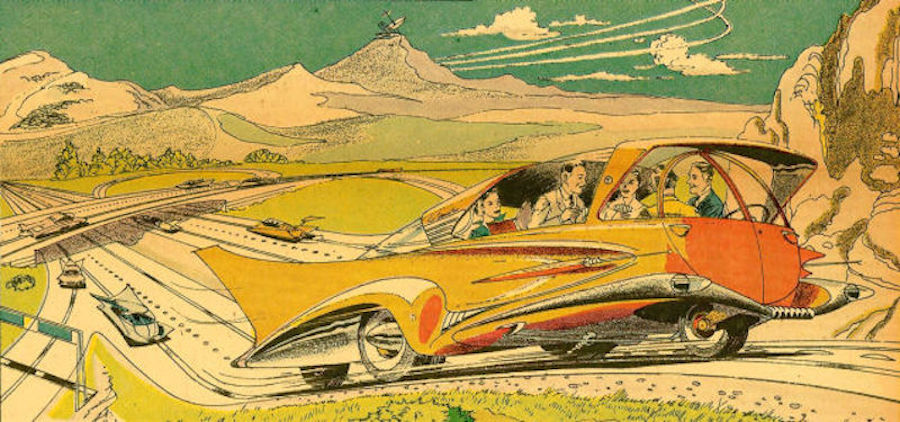
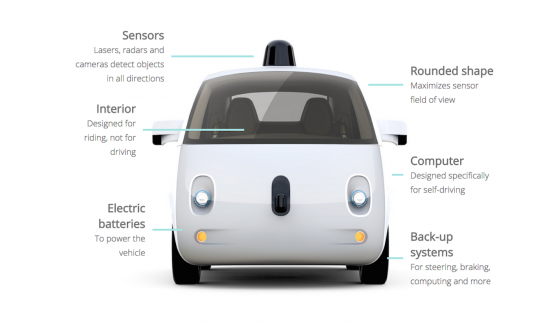
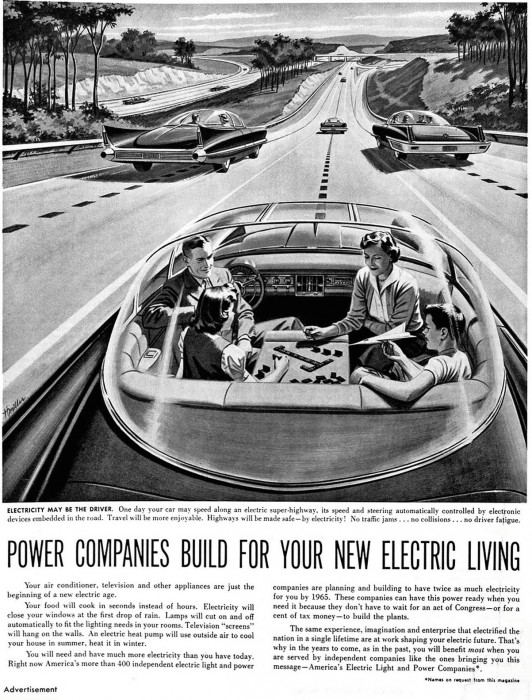
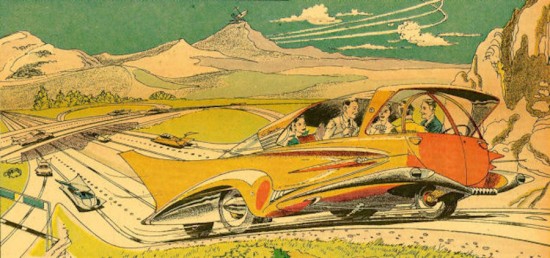
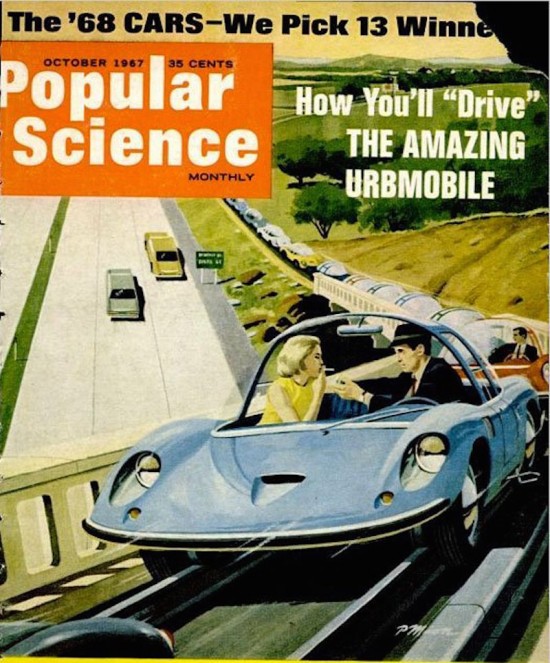


Speak Your Mind